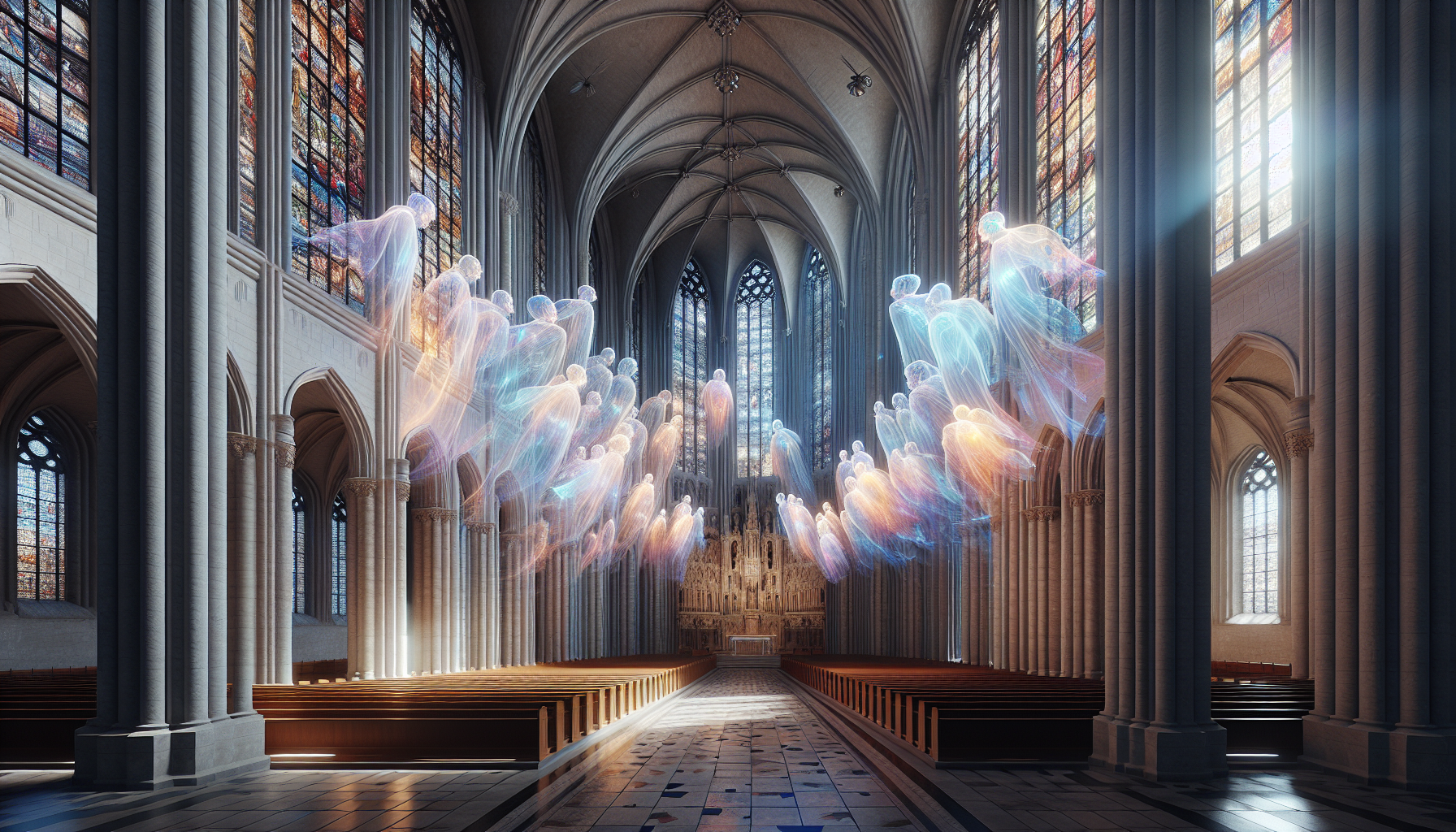Giovanni Pierluigi da Palestrina is a name synonymous with the epitome of Renaissance polyphony. Renowned for his sacred music and pioneering techniques that shaped the future of choral compositions, Palestrina’s mastery in polyphonic music remains a cornerstone in the realm of Western classical music. His work is not just revered for its technical prowess but also for its profound spiritual expressiveness.
The Essence of Palestrina’s Polyphony
Born in 1525 in Palestrina, Italy, Palestrina’s journey into music started in the lush environments of Rome. His compositions, predominantly created for the Catholic Church, display a seamless blend of complexity and serenity, characteristics that define the polyphonic style. Palestrina’s genius lies in his ability to weave multiple independent voice melodies into a coherent and harmonious piece.
“Palestrina established the laws and the model of a major style of music,” detailed The Oxford Companion to Music, as they examined his influence on music (https://www.oxfordmusiconline.com/).
The Structure and Styles
His most celebrated work, “Missa Papae Marcelli,” is a perfect illustration of the textural clarity and voice-leading techniques that characterize his music. The mass, written for a six-voice choir, showcases Palestrina’s commitment to ensuring that the sacred text was audible and understood, adhering to the guidelines that were established during the Council of Trent, which sought to counter Reformation critiques regarding the clarity of liturgical text in music.
- Imitative Polyphony: Palestrina often used imitation, where melodies are echoed between voices, to create a natural flow and unity.
- Consonance and Dissonance: Careful use of dissonance meant that clashes were resolved smoothly, maintaining the sacred calmness.
- Textual Clarity: Vocal lines were crafted to ensure that words were audible and the music served the liturgy.
Palestrina’s Lasting Legacy
Palestrina’s impact extended beyond his lifetime, influencing the music of Bach, Beethoven, and Brahms. His work has often been described as the “perfect” example of 16th-century counterpoint. According to the Grove Music Online, the composer’s legacy is one where “music, architecture, and piety converge” (https://www.grovemusic.com/).
Today, Palestrina’s polyphony is still celebrated and performed by choirs worldwide. His compositions serve not only as educational models for students of counterpoint but also as spiritual journeys that invite listeners to experience the divine presence of celestial voices, truly echoing the sacred art’s timeless resonance.
